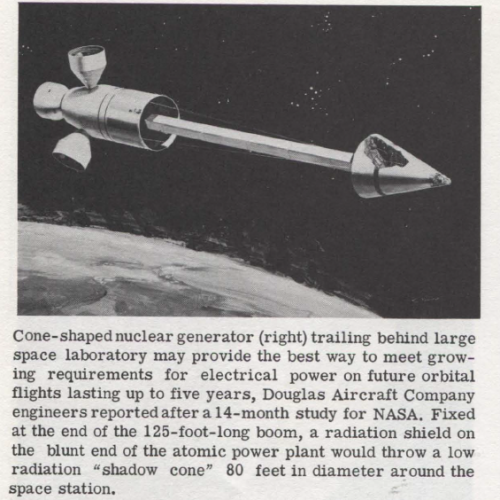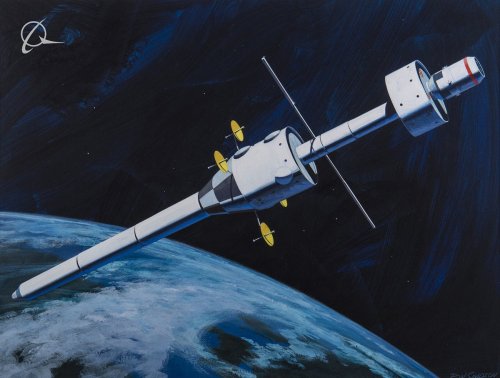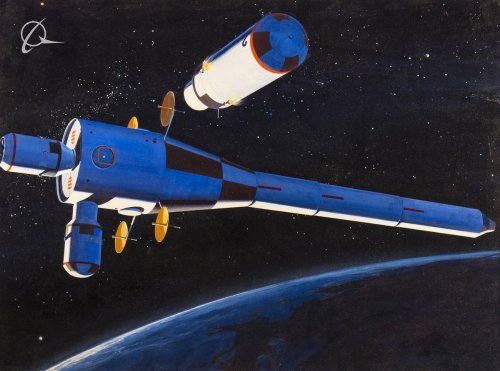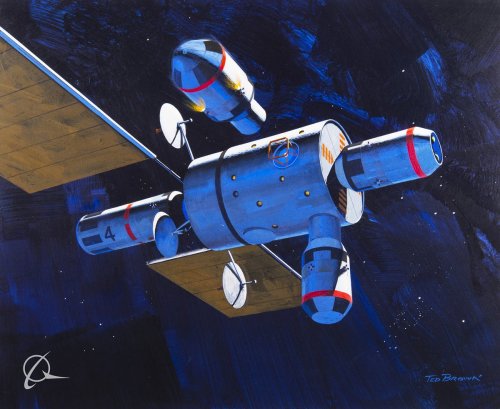Despite the indefinite postponement of the Space Station in 1972, Marshall Space Flight Center (MSFC) continued to look to the future for some type of orbital facility during the post-Skylab years. In 1975, the MSFC directed a contract with the McDonnell Douglas Aerospace Company for the Manned Orbital Systems Concept (MOSC) study. This 9-month effort examined the requirements for, and defined a cost-effective orbital facility concept capable of, supporting extended manned missions in Earth orbit. The capabilities of this concept exceeded those envisioned for the Space Shuttle and Spacelab, both of which were limited by a 7 to 30-day orbital time constraint. The MOSC's initial operating capability was to be achieved in late 1984. A crew of four would man a four-module configuration. During its five-year orbital life the MOSC would have the capability to evolve into a larger 12-to-24-man facility. This is an artist's concept.

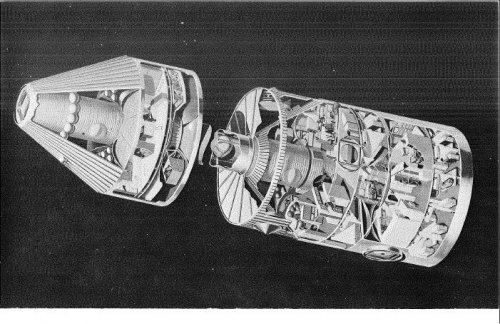
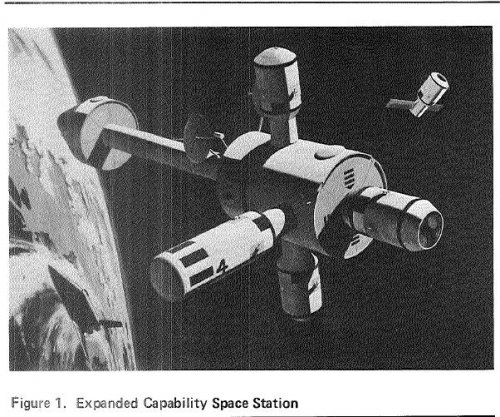


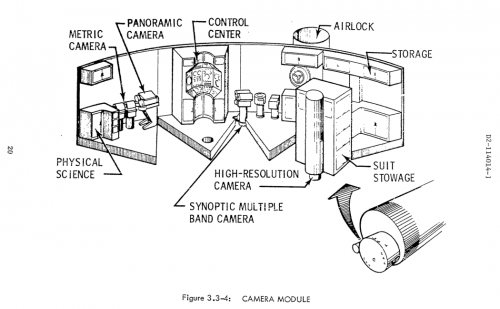
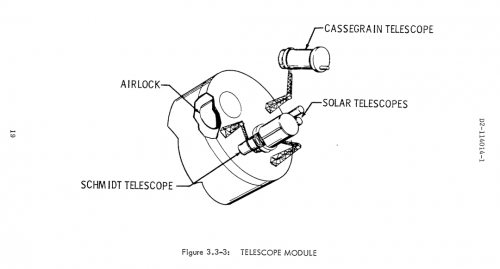

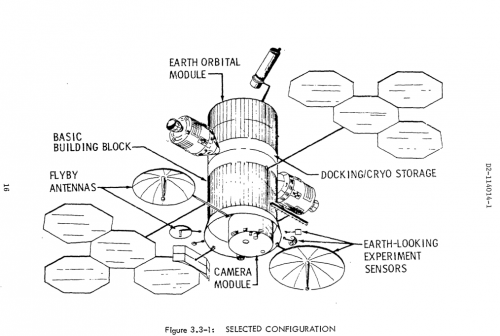







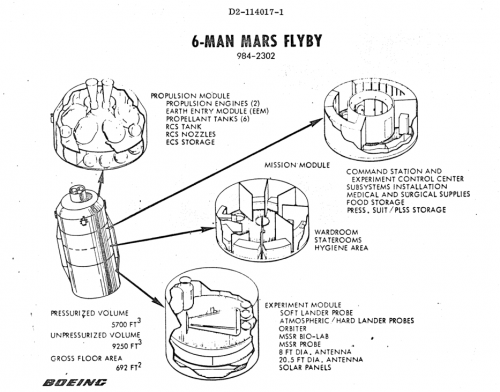
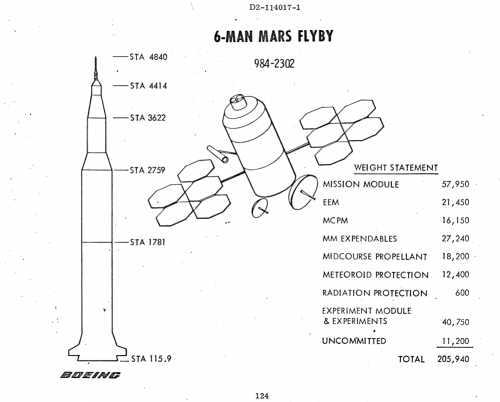
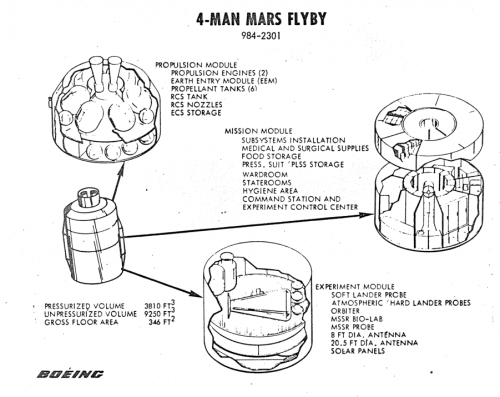



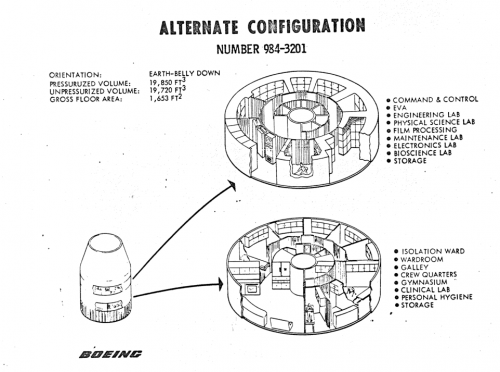

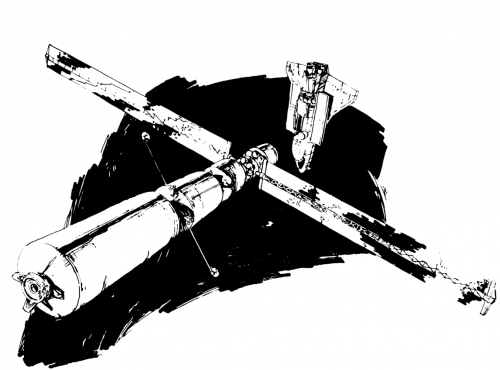
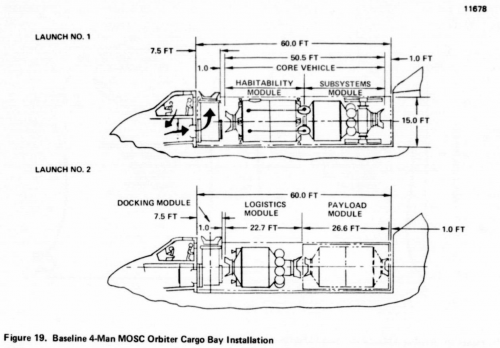


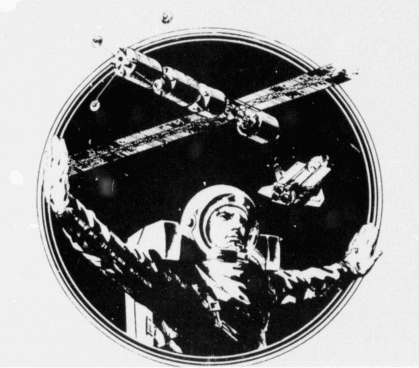

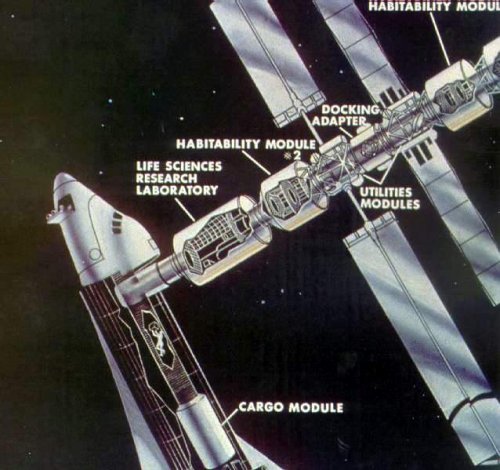


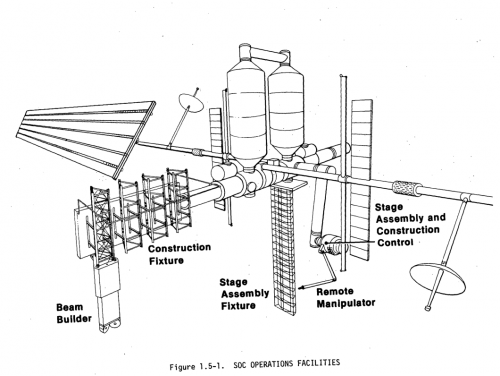
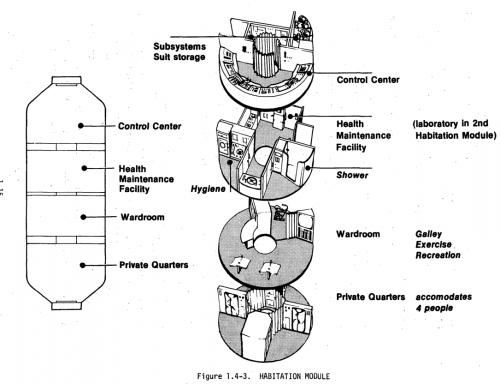
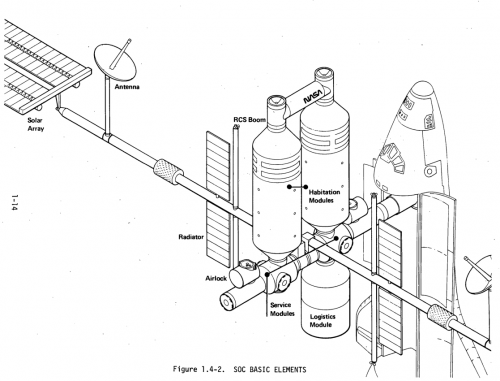




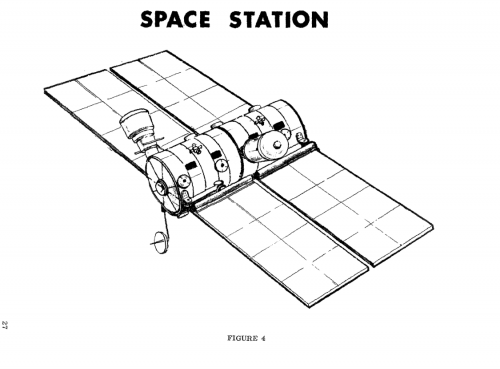
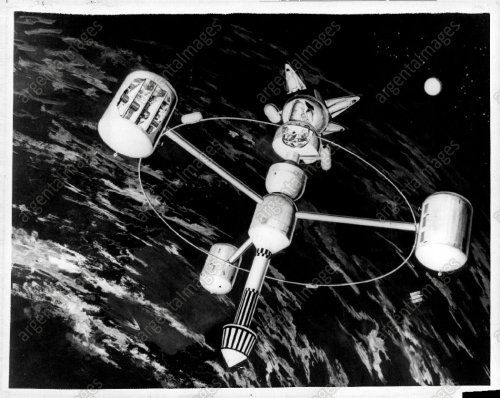

![s-l1600[1].jpg](/data/attachments/116/116208-600b2a62f035eac9261ee26b45ef868d.jpg)



